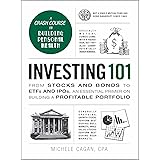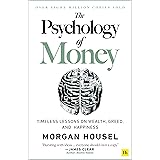Whether you’re a business owner, entrepreneur, or investor, understanding how to read and interpret a cash flow statement is essential. It allows you to extract important data that can help determine a company’s financial health and growth potential. In this article, we’ll explore investing cash flow – the section of the cash flow statement that includes all cash inflows and outflows related to long-term investments.
Investing cash flow is the net amount of cash that a company receives or spends on investments during a given period. This metric is often reported separately from operating cash flow, as it is an indicator of how a company allocates its resources for future profitability and can provide insight into its investment strategy.
It’s also possible for a company to use a portion of its investing activities to invest in short-term marketable securities in order to boost profit. Consistently investing in capital expenditures without a corresponding increase in operating cash flow over time can signal an over-capitalization problem, which may ultimately hinder operational sustainability.
The investing activities section of the cash flow statement includes all cash inflows and outflows resulting from a company’s investments in long-term assets, such as property, plant, and equipment (PPE). This also includes any investments the company holds in financial assets, such as bonds or stocks. The outflows will include any purchases of fixed assets, while the inflows will include any sales of investments.
This metric is important because it shows how much cash a company has available to invest in the future. It can be positive or negative, which indicates how well or poorly a company is managing its current investments and future growth potential.
For high-net-worth individuals, cash flow investments are an attractive option because they provide consistent, predictable income distributions. These income streams are generated from various sources, including real estate, peer-to-peer lending platforms, and dividend-paying stocks. These opportunities offer a diverse range of return opportunities and risk levels that resonate with different investors’ return objectives, portfolio diversification goals, and level of tolerance for volatility.









